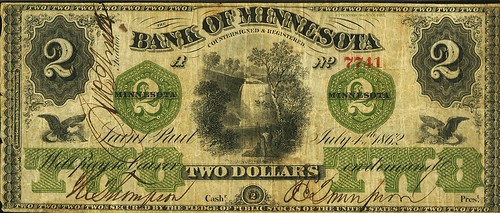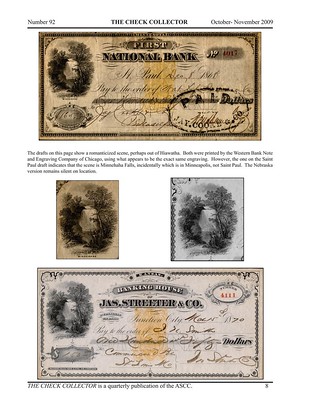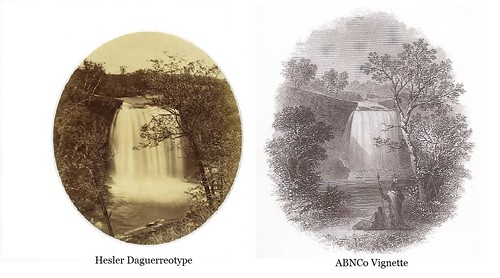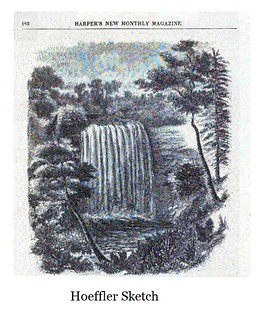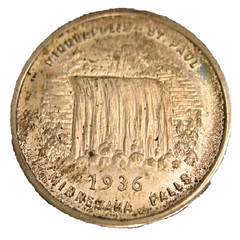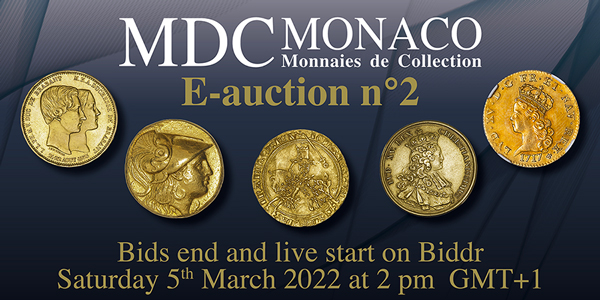
PREV ARTICLE
NEXT ARTICLE
FULL ISSUE
PREV FULL ISSUE
MORE ON THE MINNEHAHA FALLS VIGNETTESPete Smith submitted these notes on the Minnehaha Falls vignettes discussed in John Ferreri's article last week. Thank you! -Editor I have several items in response to the article by John Ferreri on the Minnehaha Falls vignettes.
Item 1 - The Check Collector
Did Western copy from the ABNCo vignettes or do both come from a common source? I am not aware of another illustration that would have been that source.
Item 2 - Minnehaha Falls
In about 1820, the United States built Fort Saint Anthony in Indian territory at the confluence of the Minnesota and Mississippi Rivers. It was renamed Fort Snelling in 1825. Various treaties opened the land for white settlement. Steamboats came up the river as far as St. Paul which was incorporated in 1854. Upriver was the Falls of Saint Anthony with the Township of Saint Anthony established on the east side of the falls in 1855. The Township of Minneapolis was established on the west side of the falls in 1858. Between the fort and the falls was another smaller waterfall, shown on the first maps as Brown's Falls. The native Dakota Indians used the word minnehaha, which generally translates as falling water, for both falls. By 1849 the name Minnehaha was applied to the smaller falls and it was a tourist attraction when Minnesota became a territory in 1849.
Item 3 – The Hesler Daguerreotype
In 1852, before the towns were incorporated, travelling photographer Alexander Hesler (1823-1895) took a daguerreotype from the north side of the creek. It was reported that Henry Wadsworth Longfellow saw the photo and took inspiration to choose the name of Minnehaha for the character in Song of Hiawatha, published in 1855. As Minneapolis developed, the names of Longfellow, Hiawatha, Minnehaha and Nokomis were applied to streets, lakes and schools in the southeast quadrant of the city near the falls. These were not a tribute to the native inhabitants but to the fictional characters in the epic poem. The Minneapolis Park Board purchased the falls and adjoining land in 1889. The Hesler daguerreotype appears to be the source for the vignette on the $2 note for the Bank of Minnesota. Although the article by John Ferreri in The E-Sylum states that the note was printed in 1857, it is clearly dated July 4, 1862. Thus the Minnesota note is dated later than the 1861 Hartford note.
There is another vintage photograph from 1858 showing Dakota Indians at the south side of the falls. An 1885 painting by Jerome B. Thompson depicts
Item 4 – The Hoeffler Sketch
The publication in a mass-circulation magazine would have brought the falls to the attention of more people than the Hesler daguerreotype with limited distribution.
Item 5 – Hoeffler on Indian Names
I enjoyed Hoeffler's comments on Indian names.
Item 6 – The Indian Name
White translation of Indian words often suffers from misidentification and misinterpretation. The Dakota phrase Some writers think that haha is a laugh and say minnehaha meant laughing waters. This was not correct. It is also not correct to say that the Indians called it Minnehaha Falls. That would be like saying they called it Waterfall Falls. It is likely the Dakota did not use the name Minnehaha Falls before Longfellow wrote his epic poem. Longfellow used the names Minnehaha and Laughing Water interchangeably for the woman. He set the site of her Dakota village at the Falls of Minnehaha.
Item 7 – How Did it Work?
I can imagine a scenario where a bank president would meet with a salesman from the American Bank Note Company. The salesman would show samples of vignettes that were available and the president would select what appealed to him. The vignettes might have had a local connection or might be totally unrelated. Was the image of the falls promoted as related to The Song of Hiawatha? Would the bank president know that? That part of the story remains unknown. Perhaps this example could lead to a larger discussion of landmarks that appear on National Bank Notes.
Item 8 – The Northwest Coin Club Medal
John Ferreri writes: "Nice to have more information! I've been pondering that date of mine, he mentions. I don't know where that came from, obviously incorrect!"
To read the earlier E-Sylum article, see:
Wayne Homren, Editor The Numismatic Bibliomania Society is a non-profit organization promoting numismatic literature. See our web site at coinbooks.org. To submit items for publication in The E-Sylum, write to the Editor at this address: whomren@gmail.com To subscribe go to: https://my.binhost.com/lists/listinfo/esylum All Rights Reserved. NBS Home Page Contact the NBS webmaster 
|
